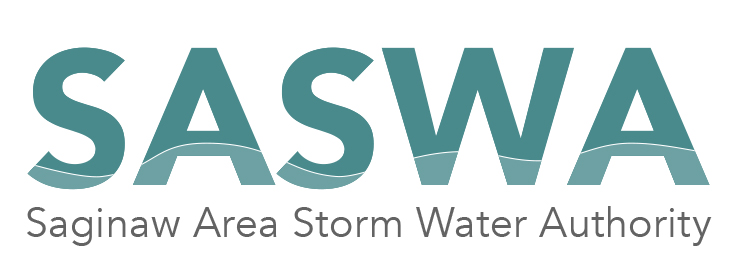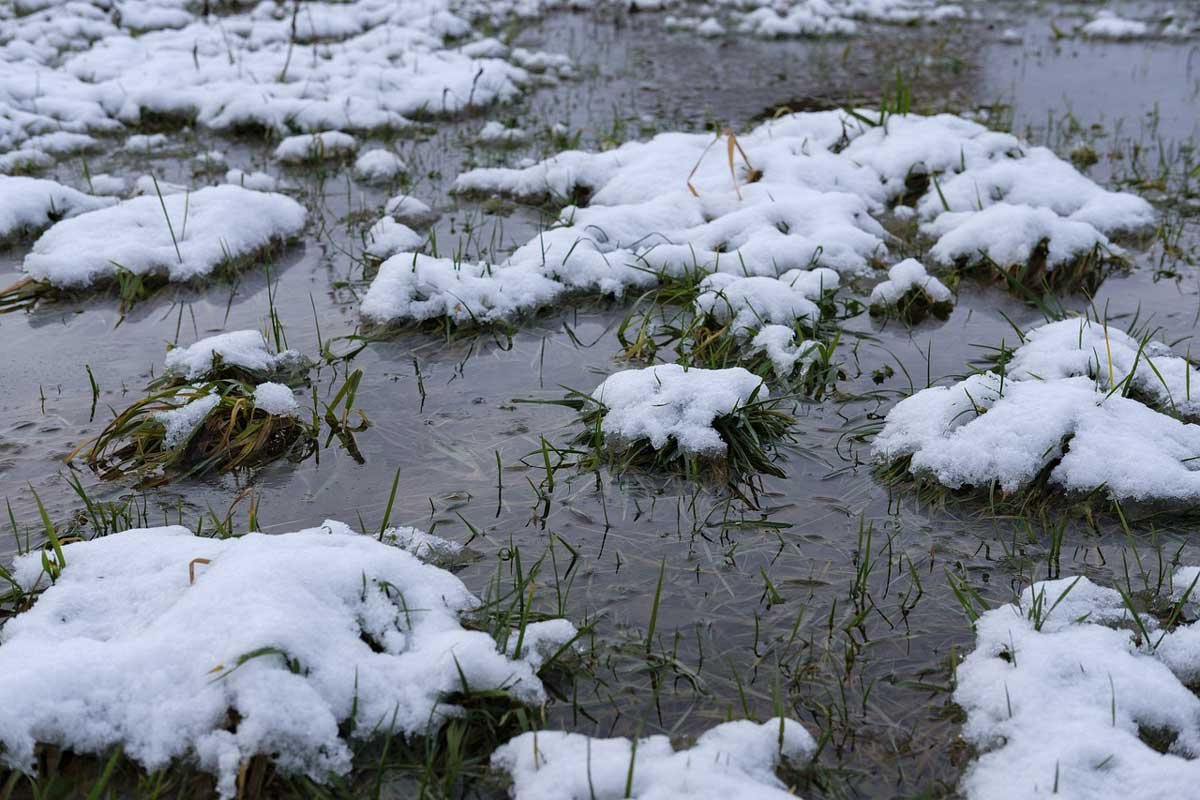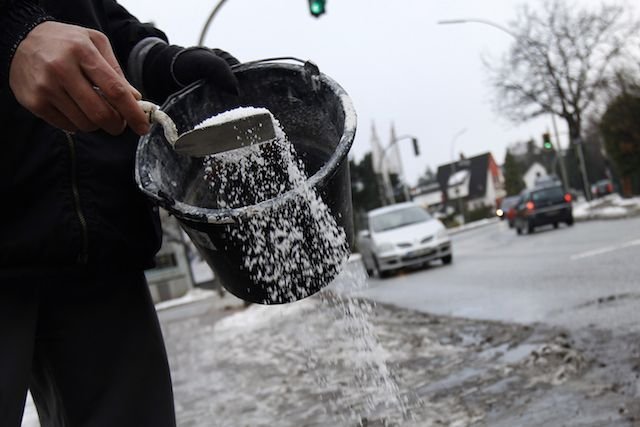The Hazards of Melting Snow, and What Action You Can Take
Winters can have a lot of snow, but in our mid-state region, the thermometer can hit 45º in February or March. It brings the possibility of a few warm days. But it also means melting snow which produces muddy roads and soggy yards in the Saginaw Valley.
Unfortunately, the snow melt can wreak as much havoc on our local rivers, ponds, and the Saginaw Bay as it does in our yards. That dirty snow which has sat for the last three or four months accumulating dust, trash, and other debris, will melt and carry its dirt and garbage down the street, gutters, ditches and into our local waterways. The sheer volume of stormwater created by melting snow can often overwhelm local drainage systems. The result is flooding, stream bank erosion, and dirty water.
Luckily there are some steps you can take to combat the damage of the melting snow:
During the winter you can choose environmentally friendly de-icing products with all natural ingredients and use them sparingly.
As you are winterizing your vehicle, make sure you properly dispose of anti-freeze…don’t ever dump it down a drain or onto the ground! Also check and fix any fluid leaks, because even a small amount of oil can pollute a large amount of water.
Increase the ability of your yard to absorb water by aerating your lawn, planting trees and deep-rooted plants, and building raingardens. A mature tree canopy will capture 1600 gallons of water per year, while a 100 sq. ft. raingarden will absorb another 9000 gallons.






